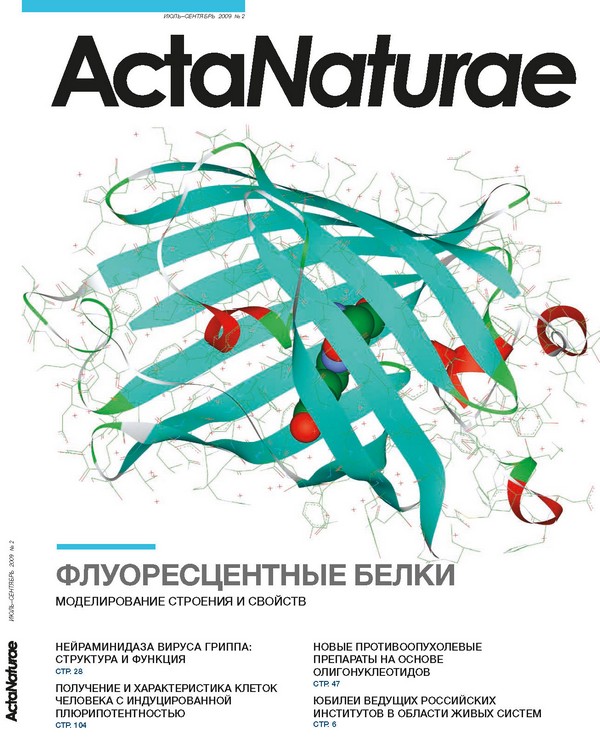Full Text
Telomeres are located at the ends of eukaryotic chromosomes. These DNA-protein structures protect chromosomes from degradation and end-to-end fusion [
1]. Telomerase is the enzyme that maintains the length of telomeres by adding telomeric DNA repeats to the 3′-ends of chromosomal DNA [
2]. Telomerase is active in the cells of organisms able to unlimitedly propagate, in 85% of cancers [
3], and in cells of unicellular eukariotes (ciliates and yeasts) [
2,
4]. Telomerase is a ribonucleoprotein complex [
5,
6]. In yeast Saccharomyces cerevisiae, telomerase is composed of telomerase reverse transcriptase Est2p [
7]; telomerase RN A TLC1 [
8], a region of which serves as a template for telomeric repeats synthesis; accessory proteins Est1p [
9] and Est3p [
10] (without which telomerase is inactive in vivo) [
11]; and several other proteins (Sm-proteins [
12], Ku-proteins [
13], etc.). Other than subunits of the telomerase complex, there are several proteins that interact with telomerase and contribute to telomerase functioning. For example, Cdc13p, which tethers telomerase to telomere and is crucial for its activity, is not a subunit of telomerase, although it interacts with Est1p [
14]. Currently, a large number of genes whose absence leads to telomere shortening are known [
15]. Some proteins (e.g., chaperone Hsp82p [
16]) have also been shown to interact with subunits of the telomerase complex. Such proteins are probably important for complex assembly or form a transient part of telomerase on a particular step of regulation. Therefore, the sophisticated arrangement of telomerase is related to the complex regulation of its activity. It is known that telomere elongation occurs during the late S phase of the cell cycle [
17,
18], and telomerase preferentially extends the shortest telomeric ends [
19–21]. Also, regulation may occur at the assembly stage of the telomerase complex and the degradation of its components. Revealing new interactions between various proteins and telomerase subunits, post-translational modifications of proteins important for telomerase activity, and the elucidation of its roles will lead us to a better understanding of how telomerase functions in a cell.
About the authors
Department of Chemistry, Moscow State University
Moscow, 119992 Russia
Department of Chemistry, Moscow State University
Email: zvereva@genebee.msu.su
Moscow, 119992 Russia
Department of Chemistry, Moscow State University
Moscow, 119992 Russia







